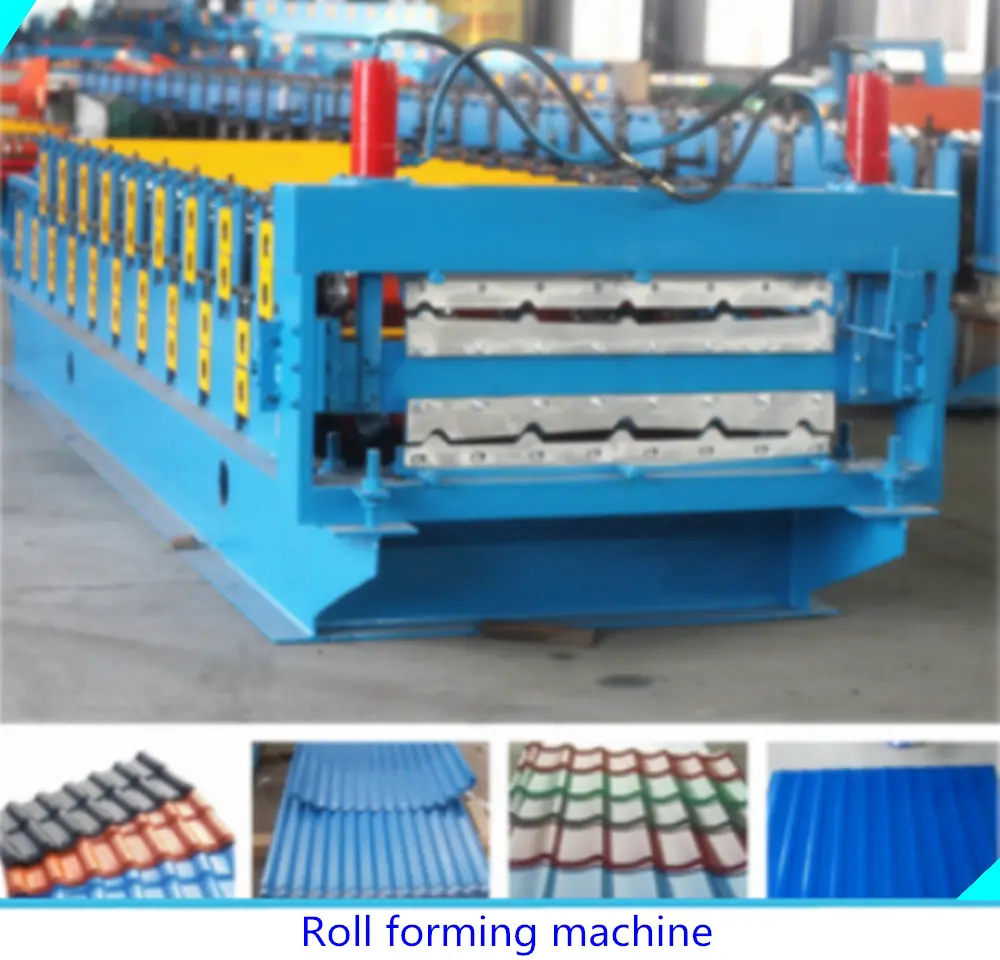
Understanding Simple Slitting Line Prices in the Metal Industry
In the metal processing industry, a slitting line is an essential piece of machinery used to convert large master coils of metal into narrower strips. This process is crucial for manufacturers who require precision-cut metal sheets for various applications. Among the factors that play a significant role in the decision-making process for purchasing a slitting line, the price is undoubtedly one of the most critical. Understanding what influences the cost of a simple slitting line can help businesses make informed purchasing decisions.
Cost Components of a Simple Slitting Line
The price of a simple slitting line can vary widely based on several components. These include the line’s configuration, the materials used in its construction, its production capacity, and the level of technology integrated into the system. For instance, a basic slitting line that features manual controls and minimal automation will typically be less expensive than a high-speed, fully automated line equipped with advanced features such as digital control systems and real-time monitoring.
1. Configuration and Size Slitting lines come in various configurations to handle different types and thicknesses of metal. A smaller, lightweight line designed for thinner materials will generally cost less than a robust line built to handle heavier, thicker materials. The width of the line is also a significant factor; wider lines designed for processing larger coils naturally incur higher costs.
2. Material Quality The quality of materials used in the construction of the slitting line affects not only the durability of the equipment but also its overall cost. High-quality components may lead to higher upfront costs but can provide better performance and reduce long-term maintenance expenses, thus offering better value over time.
3. Production Capacity Faster production speeds typically equate to higher prices. A simple slitting line with a production capacity of, say, 200 feet per minute may be less expensive than a line that processes 600 feet per minute. Businesses must evaluate their production needs to determine the right balance between capacity and cost.

4. Technology Integration In recent years, technology has revolutionized the metal processing industry. Simple slitting lines equipped with advanced features, such as automatic coil loading and unloading systems or sophisticated control software, can significantly increase efficiency. However, these innovations often come at a premium price.
Price Ranges and Market Trends
The cost of a simple slitting line can range from tens of thousands to several million dollars, depending on the aforementioned factors. New slitting lines often pose a more substantial financial investment, while refurbished or used equipment can provide a more budget-friendly option for businesses seeking to minimize costs.
In present-day market trends, there is a noticeable shift towards more automated and efficient slitting lines. As manufacturers strive to optimize productivity and reduce labor costs, investing in equipment that integrates cutting-edge technology may justify the higher price tag.
Making the Right Decision
Ultimately, the decision to purchase a simple slitting line should be guided not just by the price tag but also by a comprehensive assessment of production needs, budget constraints, and long-term operational goals. Companies should also consider the reputation of the manufacturer, after-sales support, and availability of replacement parts when making their choice.
In conclusion, while the price of a simple slitting line is an essential factor to consider, it is equally important to analyze its components, production capabilities, and technological features. By doing so, businesses can optimize their investments and enhance their production efficiency in the competitive metal processing industry.